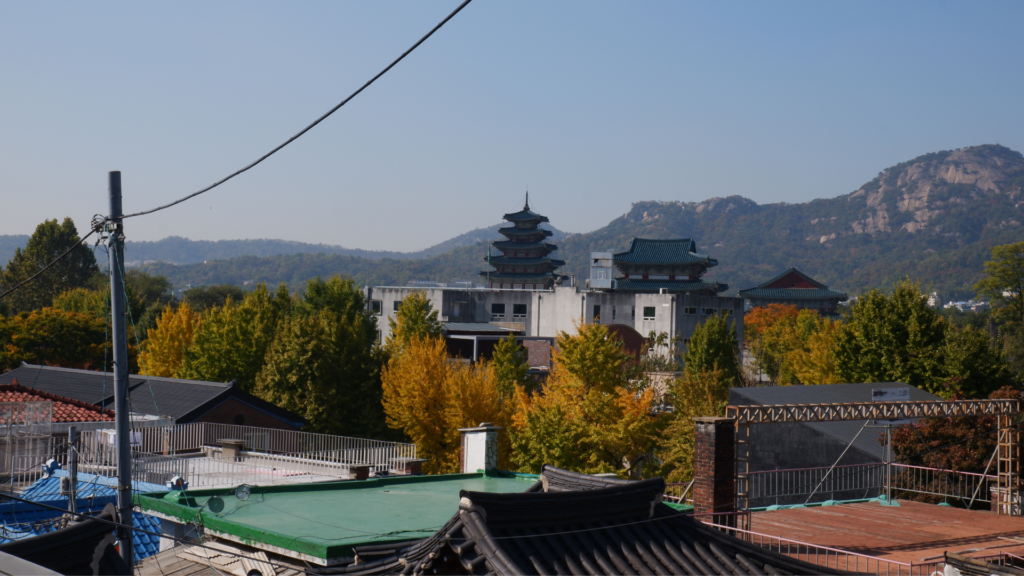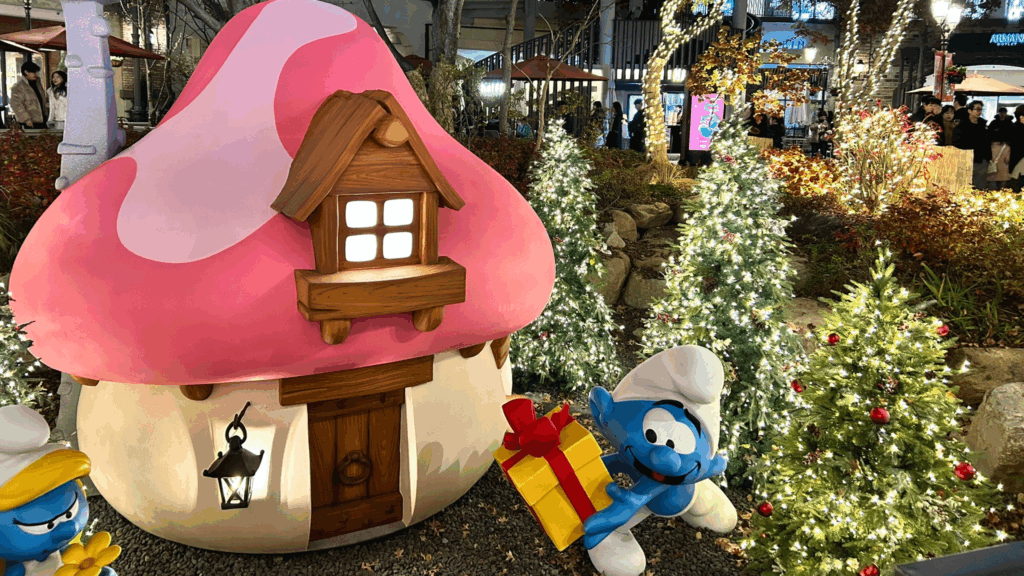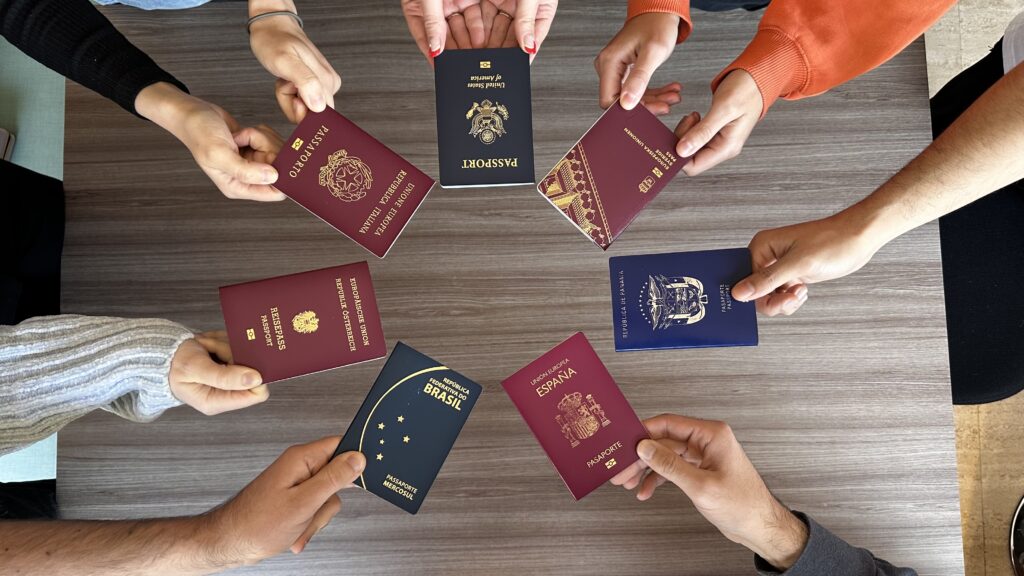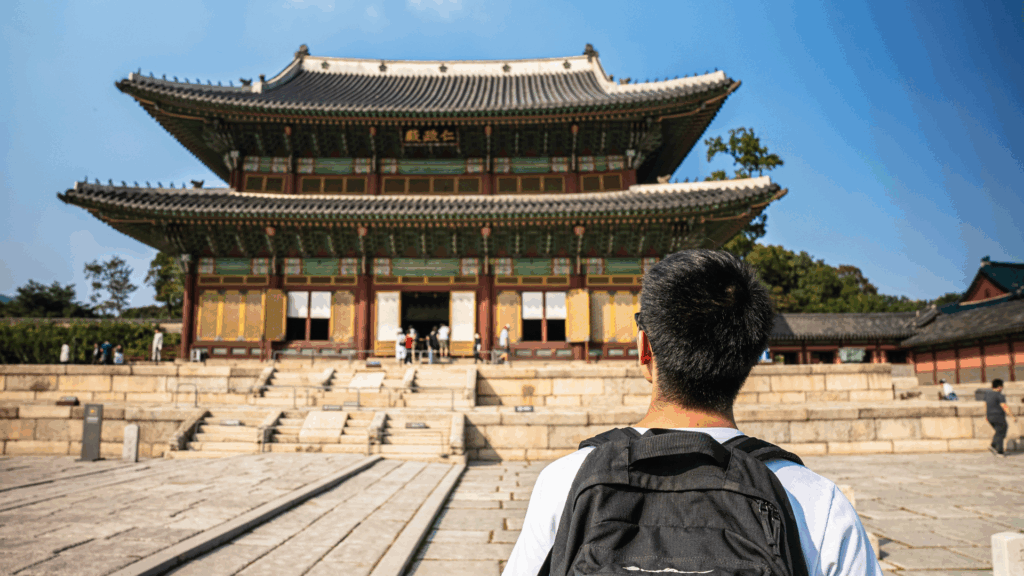With one of the most convenient public transportation in the world, it is easy to find your way around Seoul. Be it traveling to touristy spots or gem spots a little further from the city, the public transportation in Seoul makes it easily accessible. To develop a sustainable green environment, the new public transportation card also known as the Korean Climate Card was launched and available from January 27, 2024 onwards. Let’s learn more!
What is the Korean Climate Card?
The Climate card (기후동행카드) will be the first eco-friendly prepaid travel farecard in Korea which allows unlimited use of public transportation in Seoul for a month, valid for 30 days from the first day of use. Available in two different plans, it costs KRW 62,000 for subway and bus only while additional use of Seoul bike service (Ttareungi) with subway and bus usage costs KRW 65,000. Introduction of the Climate card aims to address climate change, providing unlimited public transportation use, and increasing convenience for the public.
The Korean Climate card comes in both mobile and physical versions making it easier to top up amounts to the card. However, do note that the mobile version will only be available through the T-money app for Android users only. iOS users need to purchase the physical card which costs KRW 3,000, available for purchase at subway stations, or convenience stores located in subway stations. Only cash payment is accepted. Good news for tourists, Korean Residence Card (previous ARC) or any type of identification is not required when making this purchase. Similar to the T-money card, you may utilize the subway station recharge machines to top up the physical Climate card every month, with cash only.

Registering your Korean Climate Card
If you are using the KRW 62,000 for the subway and bus-only plan, it is not mandatory to register your card as recharging in cash is possible using the subway station recharge machines. On the other hand, for the KRW 65,000 for the subway, bus, and Seoul bike service (Ttareungi) plan, registering the card on the T-money card website is mandatory, or else you will not be able to register for the ‘T-money Go’ app to use the Seoul bike service. Nonetheless, it is still highly recommended to register your card as it allows you to report in the event of card loss or make refund requests.
To register the Korean Climate card on the T-money card website, you need to first create a membership account, which requires identity verification through a Korean mobile phone number or I-pin. For those without a Residence card, you will not be able to complete this step. Hence, for short-term visitors, you may only purchase the KRW 62,000 for subway and bus-only plan. Moreover, the mobile version requires a Korean bank transfer for top-up.
Where can you use the Korean Climate Card?
You may use the Korean Climate card across a wide range of transit lines in Korea, including Seoul Subway Lines 1-9, Sillim Line, Ui Sinseol Line(Ui LRT), Suin-bundang Line, Gyeongchun Line, Gyeongui-Jungang Line, Airport Railroad, Gyeongchun Line, and Gyeongui-Jungang Line. Nevertheless, some restrictions apply. For instance, Line 1 is available only from Onsu Station to Dobongsan Station, and Line 3 from Jichuk Station to Ogeum Station, as Gyeonggi-do does not participate in the new card service.
For bus services, the Korean Climate card can be used for city and village buses within Seoul, but not for buses operating through Gyeonggi-do and Incheon, as well as metropolitan buses and late-night buses.
Time to get your Korean Climate card and explore Seoul freely! Start by looking at some Korean traditional activities to check out in Seoul. Keen to find out more about Korea or the Korean language? Follow the Go! Go! Hanguk blog for more content, and be sure to contact us about living and studying in Korea!








